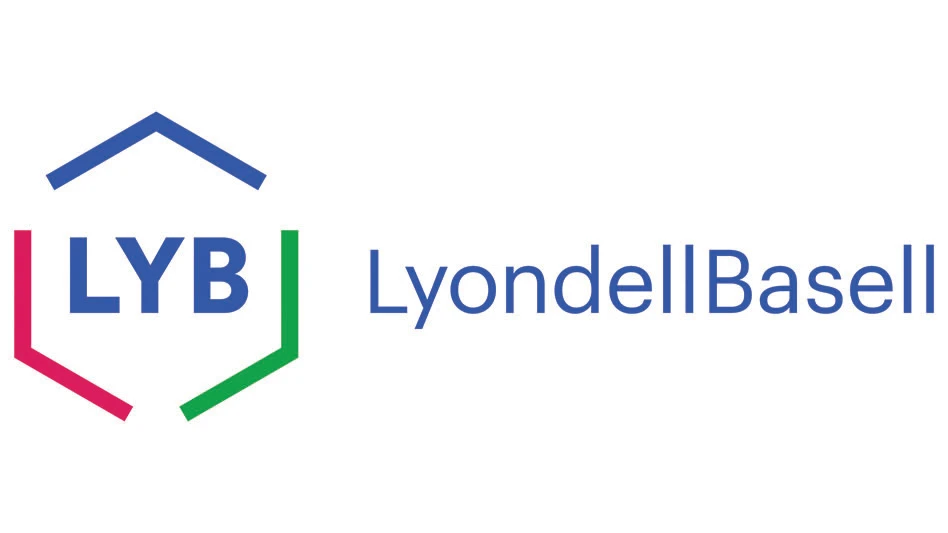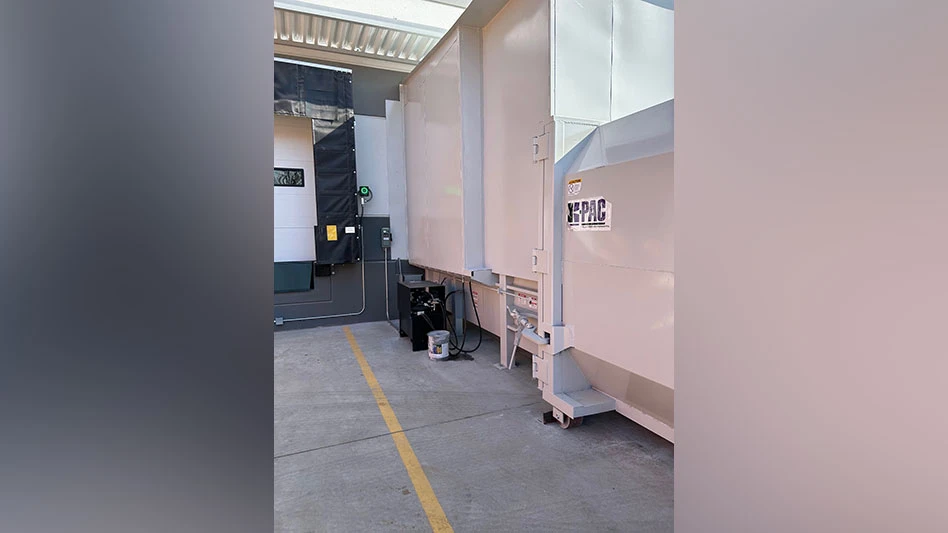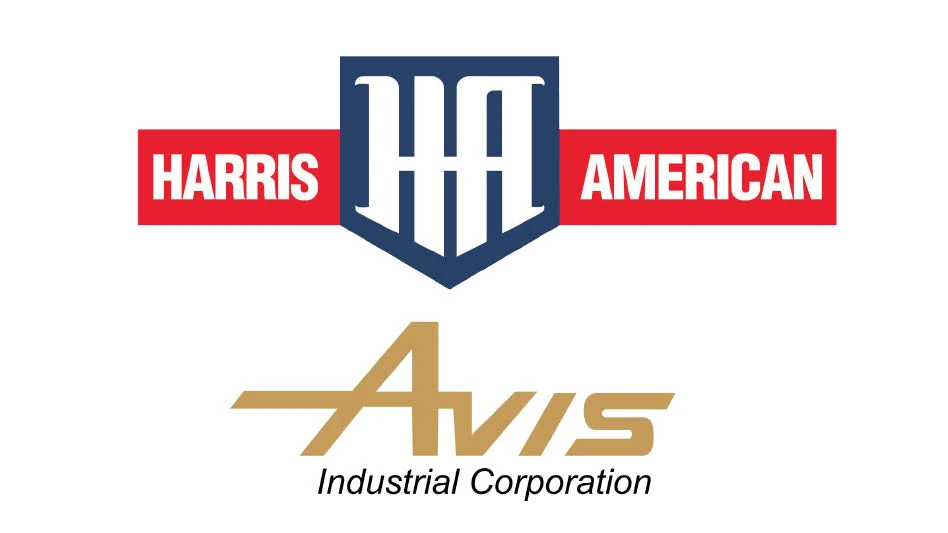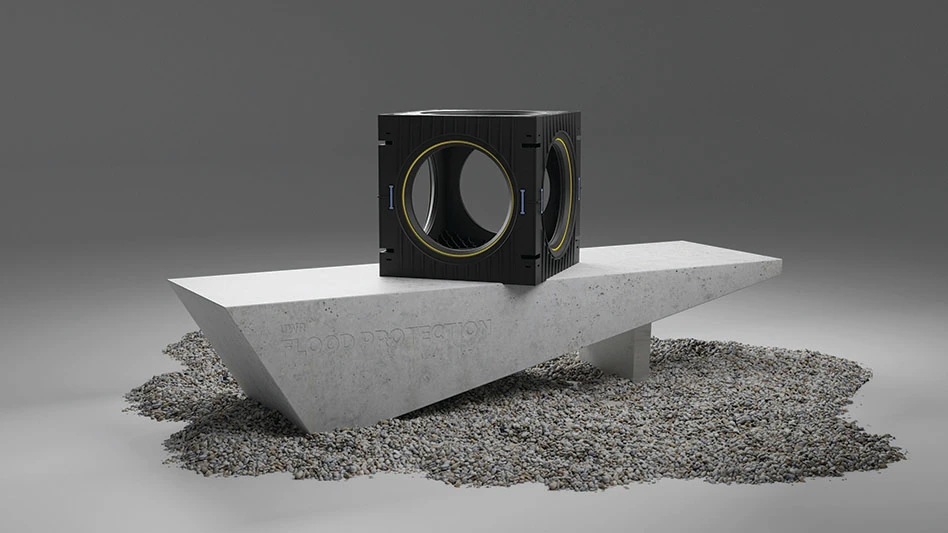
Mercury Marine says its mission is to provide the most reliable and intuitive propulsion solutions to the marine market with a commitment to being the best partner for its stakeholders. It does that by leveraging its core values of integrity, customer centricity, product and service leadership, employee engagement and sustainability, which includes a long history of aluminum recycling.
“Mercury started recycling aluminum over 40 years ago,” says Kevin Anderson, a senior fellow at Mercury Marine with a doctorate in metallurgical engineering from the University of Illinois Urbana-Champaign. “What is unique is that we have been using 100 percent-recycled aluminum in our casting operations for the last 19 years. The reason we did this was to reduce cost and help our environment. When we started doing this, few people even knew about carbon footprints or life cycle analysis, but they did understand we could make better-performing alloys at a lower cost than what existed in the marketplace.”
The company, based in Fond du Lac, Wisconsin, is a brand of Brunswick Corp., a global leader in marine recreation that emphasizes sustainability in its operations around the globe.
In Brunswick’s 2023 sustainability report, CEO David M. Foulkes writes: “Although the entire recreational marine industry represents a very small portion of global greenhouse gas emissions, totaling significantly below half a percent, as a leader in this industry, Brunswick acknowledges the responsibility we hold in continuously enhancing our sustainability programs and caring for our communities and the planet. We believe that leveraging our exceptional culture and relentless focus on innovation will enable Brunswick to uphold our responsibilities while creating value for our customers, employees and investors.”
As the largest builder of marine propulsion systems in the world, Mercury Marine has played an important role in helping Brunswick, which is based in Mettawa, Illinois, advance its sustainability initiatives, which generate financial returns for the company as well as environmental benefits as detailed in Brunswick’s 2023 sustainability report, the most recent available.
“Our investments in on-site solar energy and energy efficiency efforts have lowered our facility operating costs, especially in key markets experiencing inflationary energy increases,” Foulkes says. “Additionally, our efforts to incorporate recycled content in our products have resulted in lower raw material costs; this includes the use of industrial scrap aluminum and specific resins introduced into Mercury Marine engines during COVID supply chain constraints. We have demonstrated that reducing carbon emissivity can be a means to reduce costs, and this is the benchmark by which we intend to evaluate future operational and supply chain opportunities for our business.
“We also believe that our focus on sustainability drives innovation and opportunity. During 2023, we launched Mercury Marine’s Avator electric outboard platform, which positions us to capture share in the growing electric boating market and gain access to new customers. We also launched our newest boat brand, Navan by Quicksilver, which features a patented twin-step hull that commonly is used in racing boats to reduce drag, making the boats faster and more fuel-efficient.”

Prioritizing innovation and sustainability
Mercury Marine was established in 1939 in a small machine shop in Wisconsin, becoming part of Brunswick in 1961. The company operates more than 50 manufacturing or distribution facilities globally, with its largest facilities being in Fond du Lac. There, Mercury Marine designs, develops and builds high-horsepower marine engines.
Roughly half of Mercury Marine’s full-time employees, or 3,000 people, are in Wisconsin at the company’s Fond du Lac manufacturing or distribution sites or its Oshkosh or Fond du Lac testing facilities, with the remaining 3,000 or so spread out globally at manufacturing sites in Juárez, Mexico; Komagane, Japan; Petit-Rechain, Belgium; St. Cloud, Florida; and Suzhou, China; regional headquarters in Miramar, Florida; Dandenong, Australia; Milton, Ontario; Rio de Janeiro; and Petit-Rechain; distribution centers in Brownsburg, Indiana; Suwanee, Georgia; and Hayward, California; and testing sites in Panama City and Englewood, Florida.
“Mercury Marine’s goal is to provide the best engine and propulsion solutions for the world’s most demanding environments,” Anderson says. “We leverage technology and innovation to provide our customers with the most reliable and intuitive propulsion solutions while promoting the sustainable use of resources in both the development and manufacture of products.”
He adds that the company’s success depends on understanding its customers; innovating and applying valuable engineering technologies to keep improving its products; focusing on the big picture as in the case of sustainability and details on the plant floor; and working with individuals inside and outside the company.
“We are always innovating new materials, processes and the products they are used in,” Anderson says. “At any one time, it is difficult to count the number of new products, plant expansions and equipment upgrades in our product development/engineering and manufacturing operations. The key is that they need to be financially smart and continually improve our products and customer experiences.”
The company has increased its use of recycled aluminum without sacrificing its customer experience and product quality.
“Mercury is a very vertically integrated manufacturer of a very demanding product,” he says. “We design our own innovative aluminum alloys; secondary smelt them; and cast, heat treat, machine, paint and assemble engines in-house. We innovate constantly at every step of this process.
“As opposed to keeping our alloys a trade secret, our alloys have been registered with the Aluminum Association as 362, 367, 368 and 391. Their three most significant properties of note are their high corrosion resistance, high damage tolerance (e.g., impact resistance [and] fatigue resistance) and ease of casting. We have an open innovation business model and license other companies to make and use these alloys.”

Recycling enables savings and more
In 2023, Brunswick’s brands, which also include Bayliner, Crestliner, Lund, Lowe, Harris Kayot, Princecraft, Heyday, SeaRay and more in the boat category, increased their use of recycled aluminum in their boats and engines, resulting in a reduction of approximately 48 metric tons of carbon emissions, which also contributed to an 8 percent reduction of the company’s absolute Scope 3 emissions.
In terms of mass, aluminum is the most used material in Mercury Marine engines and many Brunswick boats. It is also among Brunswick’s top sources of Scope 3 upstream emissions, according to the company.
Mercury Marine alone consumes 30 million to 50 million pounds of aluminum scrap annually, Anderson says.
“The vast majority of the scrap we use is from open-market sources and is purchased from scrapyards and scrap dealers,” he says. “We are always looking for new scrap sources. In some cases, we partner with highly capable, vertically integrated suppliers that can make our alloys with 100 percent-recycled content either domestically or abroad.”
Mercury also purchases many alloys and product forms to make aluminum alloys designed for its marine products.
“The alloys we use are generally lower in copper to improve corrosion resistance and lower in iron for high-impact and fatigue resistance,” Anderson says.
The company buys a variety of recovered aluminum, he adds, ranging from crushed castings to wrought products in the form of clips, punchings, turnings, extrusions, wire chops and more.
Mercury uses electric induction furnaces to create its alloys, having purchased its first furnace more than 45 years ago. Anderson says these furnaces offer quick and clean melting and the ability to control the metal’s composition.
The company invested in its furnaces in 2023 to reduce its energy use. Mercury Marine’s Fond du Lac plant transitioned to using a vacuum carburizing furnace for steel components that uses electricity instead of natural gas, improving process throughput and quality while reducing overall carbon emissions, according to Brunswick’s sustainability report. The furnace project is expected to save more than 780,000 kilowatt hours of electricity and 240,000 therms (240,000 million British thermal units) of natural gas annually.
Mercury Marine also installed a new reverb furnace regeneration system in its aluminum melting operations in Fond du Lac that uses preheated combustion air to heat pellets. That project is expected to save 376,014 therms annually.
Sponsored Content
Redefining Wire Processing Standards
In nonferrous wire and cable processing, SWEED balances proven performance with ongoing innovation. From standard systems to tailored solutions, we focus on efficient recovery and practical design. By continually refining our equipment and introducing new technology, we quietly shape the industry—one advancement at a time.
Protecting a natural resource

By recycling, Mercury Marine is protecting a national resource and delivering numerous benefits as a result.
“Our country needs to think of aluminum scrap and the recycling industry as a national resource,” Anderson says. “Secondary aluminum saves approximately 95 percent of the energy and 94 percent of the global warming potential (CO2 equivalent) compared to primary aluminum. Once we invest the energy to make primary aluminum, we need to keep the aluminum we purchase in our country and just keep recycling it over and over. This helps keep the cost of U.S. products competitive, is very beneficial to our environment, helps national security and promotes a strong U.S. recycling and manufacturing industry.”
To facilitate recycling, he says, tactically, the more sorting that occurs at the point of generation, the easier it will be to control the composition of the metals during melting.
“[Additionally,] when people design new metal alloys, they now need to think about the life cycle of the alloy so they can be easily sorted and used to make not just the same but new and different alloys,” Anderson says.
Innovation also must be ongoing as material substitution is a constant threat to the metals industry, he says. “Replacing metals with polymer composites or other materials is a healthy process that drives everyone to improve properties. Most of the competitors to metals would kill to have the recycling infrastructure and high recycling rates of metals.”
Get curated news on YOUR industry.
Enter your email to receive our newsletters.

Explore the March 2025 Issue
Check out more from this issue and find your next story to read.
Latest from Recycling Today
- Combined DRS, EPR legislation introduced in Rhode Island
- Eureka Recycling starts up newly upgraded MRF
- Reconomy Close the Gap campaign highlights need for circularity
- Nickel carbonate added to Aqua Metals’ portfolio
- EuRIC, FEAD say End-Of-Life Vehicle Regulation presents opportunity for recyclers
- Recyclers likely to feel effects of US-China trade war
- BCMRC 2025 session preview: Navigating battery recycling legislation and regulations
- Yanmar Compact Equipment North America appoints new president









